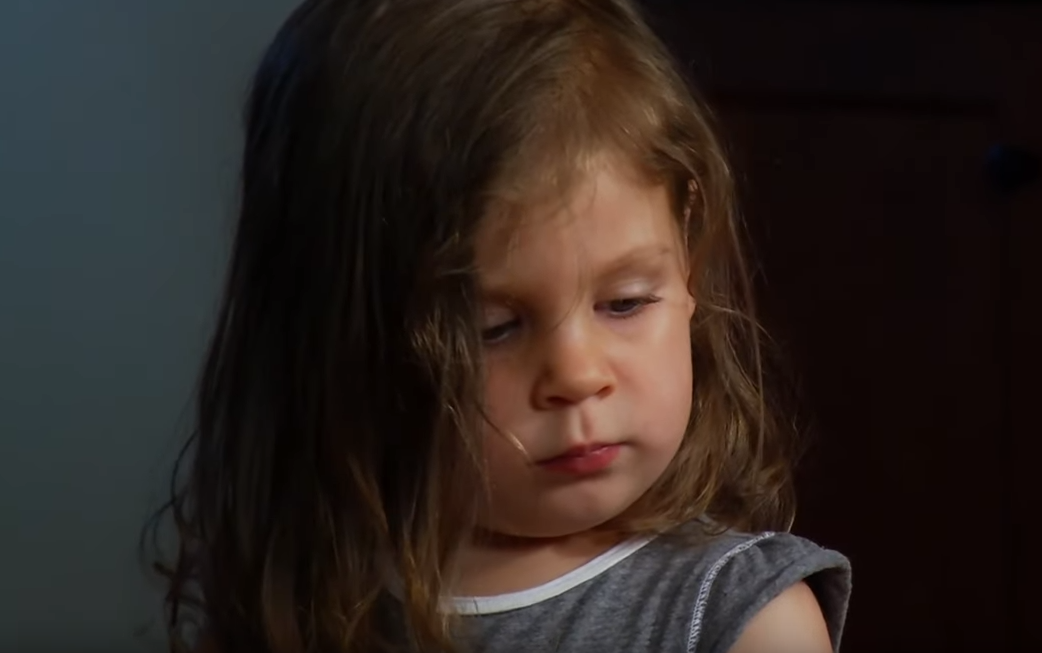MADISON, Wisc. (Ivanhoe Newswire)—We’ve all heard that watching too much TV is not good for a child’s development, but what if the TV is on and no one is watching it? A study from the University of Massachusetts and the University of Wisconsin explains how background TV could negatively impact how you interact with your child.
When it comes to playtime for Maggie and her three-year-old daughter, Daphne, Maggie finds it best to cut out all distractions.
Maggie told Ivanhoe, “When we are at home, we typically don’t have the TV on.”
Developmental psychologist Heather Kirkorian, PhD, wanted to see if the distraction of having a TV on, even if it’s just in the background, impacts parent-child interactions during playtime.
Kirkorian wondered, “Are they attentive and focused and actively engaged or are they more disengaged, more distracted, less actively engaged in their children’s play? We were also interested in how often they talked to their children, how many words did the children actually hear.”
Kirkorian observed parents with kids ages one to three years interact in a playroom for an hour. For half the time, the TV was on showing an adult-directed program, such as a sitcom, or game show. The other half of the time, the TV was off.
“We found about a 20 percent drop in how many words parents said to their children when the TV was on compared to when it was off,” detailed Kirkorian.
Parents were also slower to respond to their child when the TV was on, and there was drop in the parent’s active engagement, which led to less toy play for the youngest children. Kirkorian suggests that these could lead to negative outcomes for kids later on.
“The more children hear a variety of words in the home, the higher their vocabulary is later in life,” said Kirkorian.
So, parents turn off the TV and tune in to playtime. On average, toddlers under 24 months old are exposed to five and a half hours of background TV a day. As the child gets older, the amount of background TV they are exposed to declines.
Contributors to this news report include: Cyndy McGrath, Supervising Producer; Milvionne Chery, Field Producer; Ken Ashe, Editor; Bruce Maniscalco, Videographer.
Produced by Child Trends News Service in partnership with Ivanhoe Broadcast News and funded by a grant from the National Science Foundation.
(Source: https://www.tandfonline.com/doi/full/10.1080/17482798.2014.920715, https://www.tandfonline.com/eprint/WMSR3WBUQGGAEHE8IFRG/full?target=10.1080/17482798.2019.1635033)

